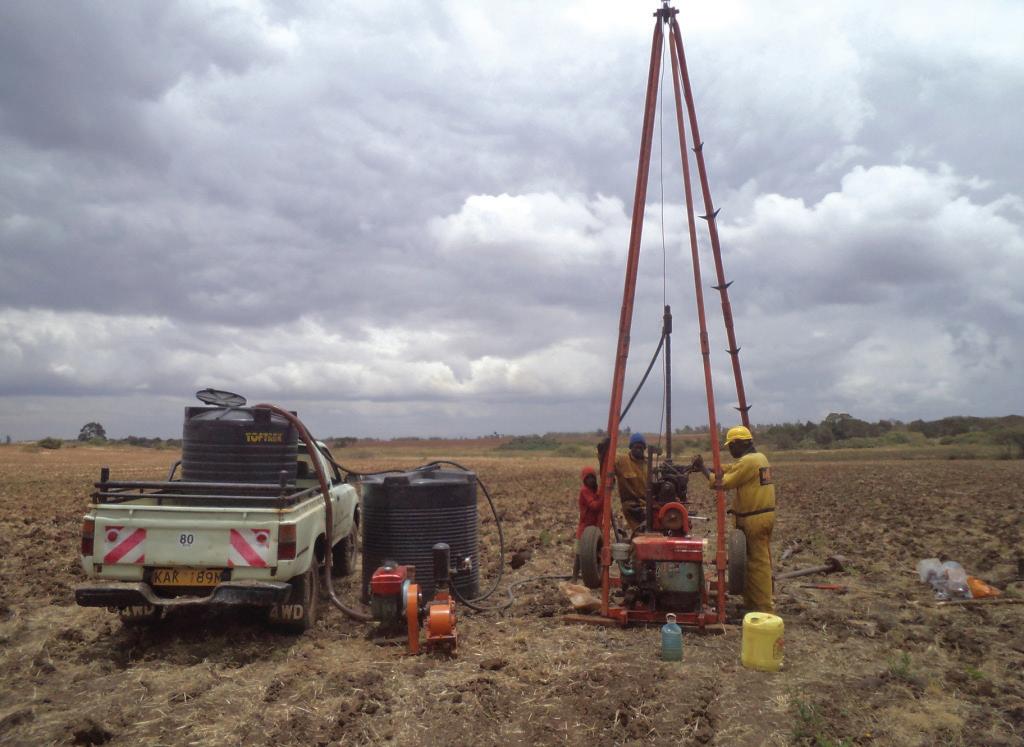OPINION
How to manage corruption risk in African infrastructure projects
T
he rapid growth of many of Sub-Saharan Africa’s (SSA) markets is driving demand for transport and energy infrastructure. The deficit between current and future demand and access to infrastructure is, however, striking. New estimates from the African Development Bank suggest that to keep pace with demand, African infrastructure requires between $130$170bn a year. The same data set suggests that there is a current financing short fall of up to $108bn. For access to infrastructure to meet demand there will need to be sustained investment from the private sector over the next decade.
The scope for expansion of access is vast
Author: Oliver Stern, Associate Managing Director, Business Intelligence and Investigations at Kroll, a division of Duff and Phelps
Rail and road density in Africa are the lowest anywhere in the developing world and 80% of goods and 90% of passengers are transported by road. Investors are increasingly interested in transport and energy infrastructure projects, in part due to their potential for long-term returns even in SSA markets known for being “challenging” and “risky” from a business transparency perspective. Partnering with development finance institutions (DFIs) provides important concessional lending and governance structures around issues such as social and environmental standards, but careful thought and planning needs to be taken to mitigate the key risks. Corruption is clearly a complex challenge and each country, industry and project is different. The work and experience of Kroll’s Africa Practice has highlighted some key risks.
Project Origination The project origination phase continues to be a challenge from a transparency perspective. The way in which projects are tendered and awarded creates an obvious vulnerability to non-
14
September-October issue l 2020
transparent practices. The discovery of a corrupt step in the process can become a reputational concern for investors, affecting their ability to raise capital, particularly with DFIs. Donor-led public policy support has sought to address the underlying issues associated with public financial management including reform of public procurement systems and the introduction of outsourcing to private companies, but this does not completely solve the issue. The roots of corruption, including issues that can later emerge as reputational and commercial concerns as the project reaches development and commissioning, can also be found in the earlier phases of projects. The way in which infrastructure project specifically in SSA are originated—and the central role played by governments—creates a corruption risk. The effects can take the form of inflated prices, poor quality execution, excessive time and cost overruns, inadequate maintenance and low returns. Each of these impedes the overall contribution of new infrastructure to economic growth, and translates into reputational and commercial losses for the private investors. Data from Kroll’s Global Fraud and Risk Report shows that construction, engineering and infrastructure are among the most corruptionprone industries, with 30% of firms experiencing a corruption related incident in the last 12 months, 7% higher than the global average. According to the Organisation for Economic Co-operation and Development, half of bribes paid are in industries with the largest spending on infrastructure, primarily in extractives (19%), construction (15%) and transportation (15%). Public-private partnerships (PPPs) and blended finance models are much more complex than traditional engineering, procurement and
www.africasurveyorsonline.com







